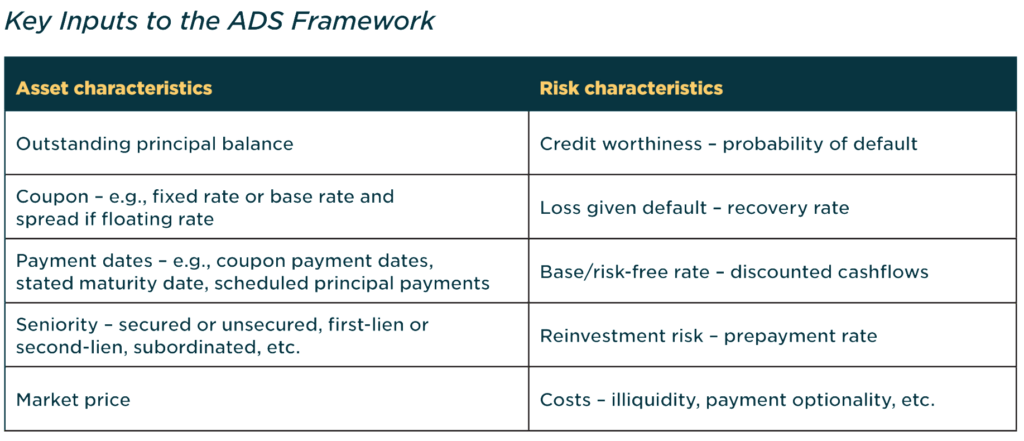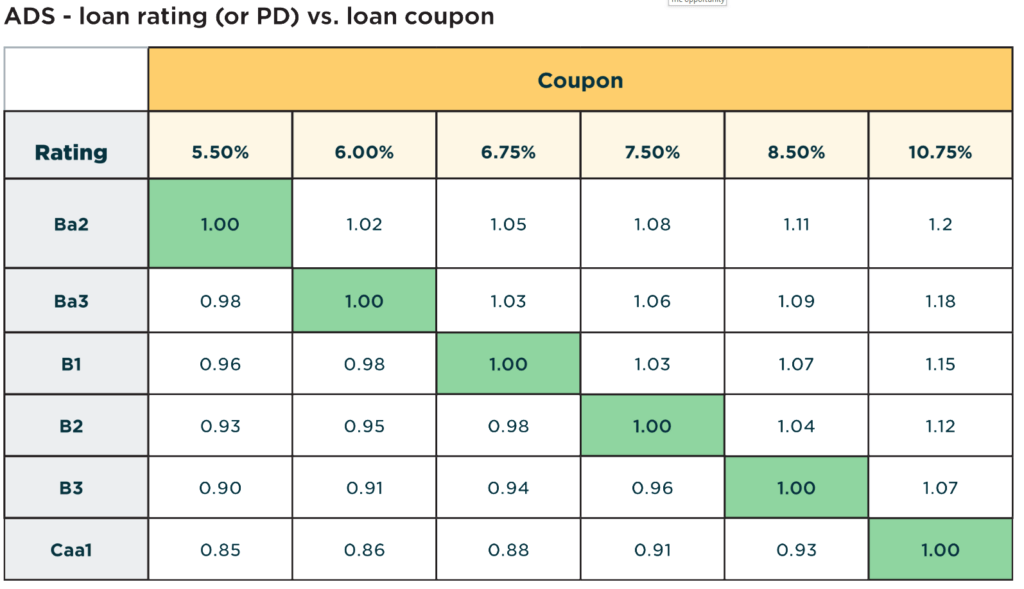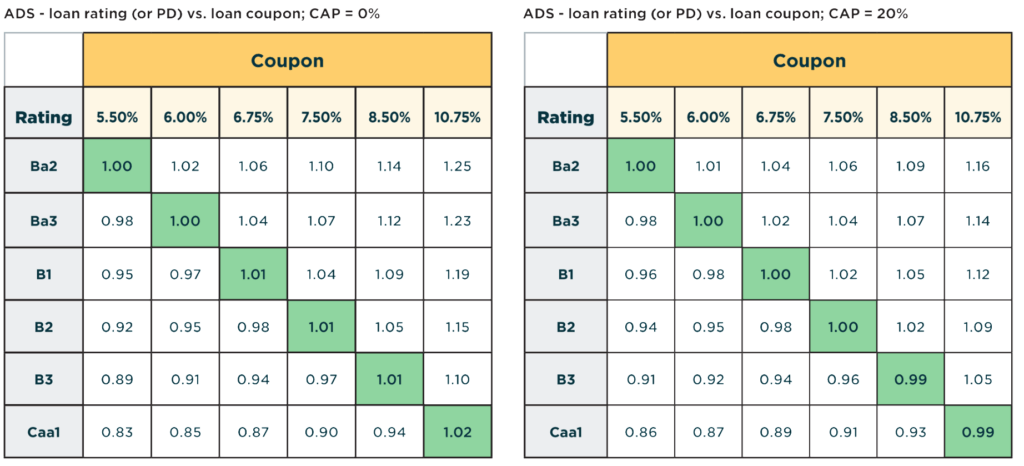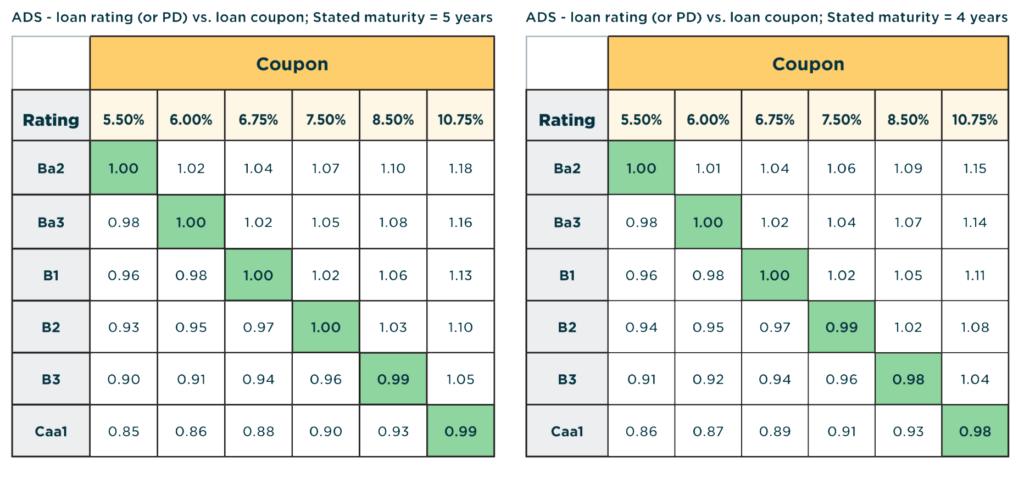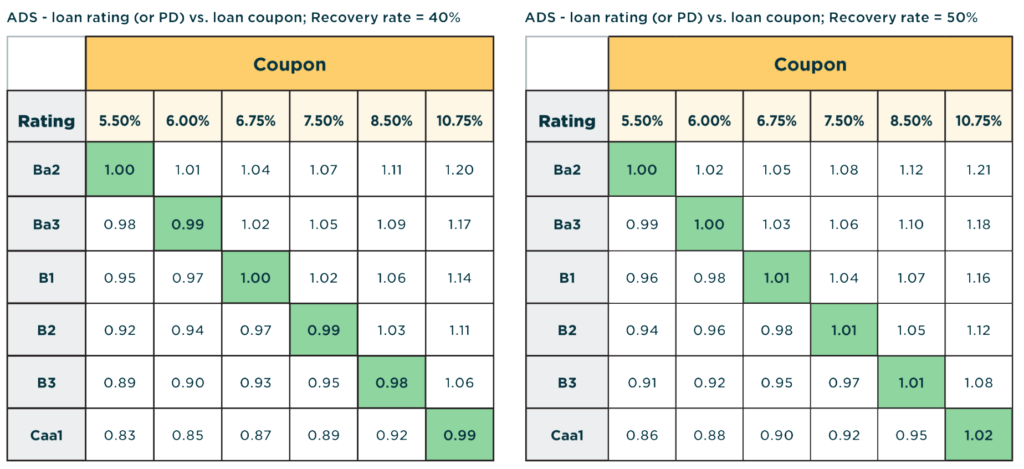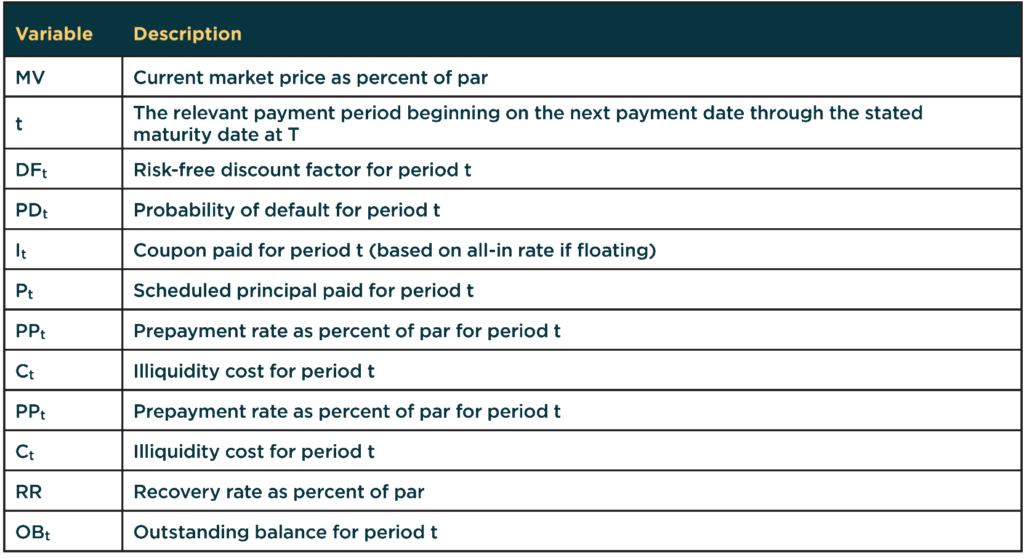
Private infrastructure is expanding and becoming more sophisticated, placing increase demands on the operational models of infrastructure firms and the Chief Operating Officers (COOs) responsible for keeping operations running smoothly. These shifts reflect broader infrastructure trends shaping how firms adapt to scale and complexity.
According to Boston Consulting Group private infrastructure assets under management (AUM) have more than quadrupled during the last decade, reaching a record high of US$1.3 trillion.
Surging AUM growth reflects private infrastructure’s long-term success, and the asset class’s proven track record of delivering attractive yields and risk-adjusted returns that are uncorrelated to market cycles.
The rapid growth of private infrastructure, as with other private markets strategies, however, has come with closer regulatory oversight, more diverse and demanding investor bases, more complex investment strategies as managers have to differentiate offerings to remain relevant in a competitive market, and heavier operational, compliance and reporting loads for back-office teams to process.
As private infrastructure has matured, front office effectiveness has relied more and more on back-office data, operations and risk management. It is the role of the COO to ensure that the required rails are in place to ensure that firms have the rails in place to meet their regulatory and investor obligations and support their dealmaking teams with up-do-date data and high-quality risk and cost management analysis.
Aligning fund structure and strategy
For any infrastructure manager, and indeed managers in other alternative asset classes, the foundation of long-term success starts with fundraising, and ensuring that fund structures are a good fit with strategy.
Fund structure has become even more important as the range of assets infrastructure funds back has broadened out from focusing almost exclusively on so called “core” and “core-plus” deals (involving mature, established infrastructure assets with baked in long-term revenue contracts) into value-add deals, where firms refurbish and enhance existing infrastructure assets, and opportunistic deals, where managers fund new projects that carry construction and development risk.
LPs are fine-tuning their infrastructure allocations accordingly, aiming to invest across all deal types and build infrastructure portfolios with a mix of risk-adjusted returns.
Fund structure is a key enabler for matching up deal types to funding sources and investor bases. Brookfield Asset Management, for example, offers a mix of closed and open-ended on its infrastructure platform, with long-term assets, such as renewable energy projects, dovetailing with open-ended structures, while higher-returning assets with defined exit plans, such as data centers, are a tidy fit for close-ended structures.
Running multiple funds places heavier loads on fund accounting and reporting teams, and in the case of open-ended funds, which offer specific redemption windows, managers have to monitor and forecast cash flow focus to ensure that liquidity demands can be met when redemption windows do open.
The capacity to publish quarterly NAV figures, so that investors can value redemptions, is another capability that managers running open-ended funds have to have in place.
Risk and cost management
The complexity and long-term nature of infrastructure investing also leads to significant overlap between front office and mid and back-office functions. Risk and cost management are embedded into infrastructure deal origination and investment, with dealmakers not only assessing a project’s commercial attractiveness and valuation, but also financing and operational costs and risk.
Infrastructure funds will also be investing in assets across multiple jurisdictions using multiple currencies. It falls to COOs to understand and price in navigate land acquisition laws, tax treaties, and local governance frameworks, as well as evaluate expropriation risk and put the necessary hedging policies in place to shield investments from foreign exchange volatility.
Risk management is particularly relevant as opportunities emerge for private infrastructure managers to partner with governments to fill an infrastructure funding gap that is forecast to widen to $15 trillion by 2040, according to the G20 Global Infrastructure Hub initiative.
Public-private-partnerships (PPPs), where the private and public sector share risk and capital expenditure when building new infrastructure, will be one of the primary routes for crowding in private investment.
When bidding for these PPP deals managers will require robust data and forecasting capability to ensure that their bids reflect the appropriate levels of risk that a private player can tolerate, as well as realistic assessments of the cash flows that new assets will produce when operational. PPP bids in the past have seen private firms overbid in order to win contracts and deals, only to find that they have taken on too much risk.
Infrastructure builds can also be subject to delays and cost overruns, with interface risk another key consideration, with supply chain bottlenecks and grid connections some of the areas where projects can face delay before coming onstream, with a potential impact on cash flows and returns.
It is down to the COO to put robust modelling and forecasting tools in place to manage these risks, as well as implement systems and hardware such as drones and Internet of Things (IoT) devices to keep a tight rein on construction and maintenance costs and ensure that existing assets are operating with maximum efficiency. Blackstone Infrastructure Partners, for example, has developed internal resource that allows the firm to actively manage operational efficiencies at portfolio company level.
Overall, infrastructure assets will typically involve more intensive operational management and oversight than buyout investments, where hold periods are shorter, and portfolio companies are often “asset light”.
Infrastructure COOs have to ensure that their firms are purpose built to comply infrastructure-specific regulation and pricing negotiations, handle complex investment structures (especially when participating in PPPs and joint ventures, forecast long-term cash flows across extended hold periods and accounting for long-term contracts, such as power purchase agreements (PPAs).
Intense on ESG
Infrastructure investing also has direct correlations with ESG objectives, with infrastructure at the heart of delivering ESG benefits to wider society. Clean energy, water provision and sanitation, transports and schools and hospitals are aligned with ESG goals.
The fact that infrastructure operations and developments have a direct impact on the communities they serve also means infrastructure firms to have public affairs teams in place to manage government, regulatory and community relationships.
Infrastructure COOs will be tasked with putting robust ESG and community engagement frameworks in place to ensure compliance with ESG reporting standards and regulations, which will differ from jurisdiction to jurisdiction, and to report on the bespoke ESG and CO2 emissions metrics of LPs, who are obliged to meet environmental and social obligations as part of their investment mandates.
These obligations are shaping the way infrastructure managers investment and structure their operations. Global Infrastructure Partners (GIP), for example, incorporates ESG considerations into its investment process, while KKR’s Global Infrastructure Fund is equipped to provide granular reporting on the ESG performance of its portfolio.
A maturing asset class
In addition to asset-class specific demands, infrastructure COOs are also managing the same changes and transitions faced by managers across all private markets strategies as the alternative assets space as a whole matures and institutionalizes.
As more capital flows into infrastructure LPs are understandably demanding more detailed and frequent reporting from managers and paying closer attention to a manager’s technology stack and operational robustness.
Making the transition from an often domestically focused, dealmaker-led firm with a small back-office and basic reporting and technology tools, into a large, global operation managing hundreds of millions of investor capital does involve a step change in operational expectations.
Undertaking this change entirely in-house is incredibly resource and capital intensive, which is why COOs seeking support from third-party fund administration partners with robust technology platforms, deep industry expertise, economies of scale, automated processes, data analytics and predicative forecasting tools and best in class cybersecurity.
Working with outsourcing partners allows infrastructure managers to invest in front office investment and portfolio management capability rather than sinking large amounts of capital into large inhouse back-office teams. Working with a fund administrator also allows managers to benchmark administration costs and scale their platforms as new funds are raised and additional strategies launched.
COOs central to infrastructure manager progress
The successful infrastructure firm has to manage operational complexity, regulatory compliance, strategic growth and investor trust.
The COO is the key team member when it comes to covering these bases and ensuring that firms have the necessary risk management, ESG, investor reporting, regulatory compliance and forecasting resources built into their operating models.
In a competitive and evolving market, robust operational capability is increasingly becoming an essential foundation for investment and returns success, putting COOs at the center of the long-term performance and commercial sustainability of their franchises.
Infrastructure Solutions
Discover our deep infrastructure asset management expertise, and our full lifecycle offering of global infrastructure solutions.











